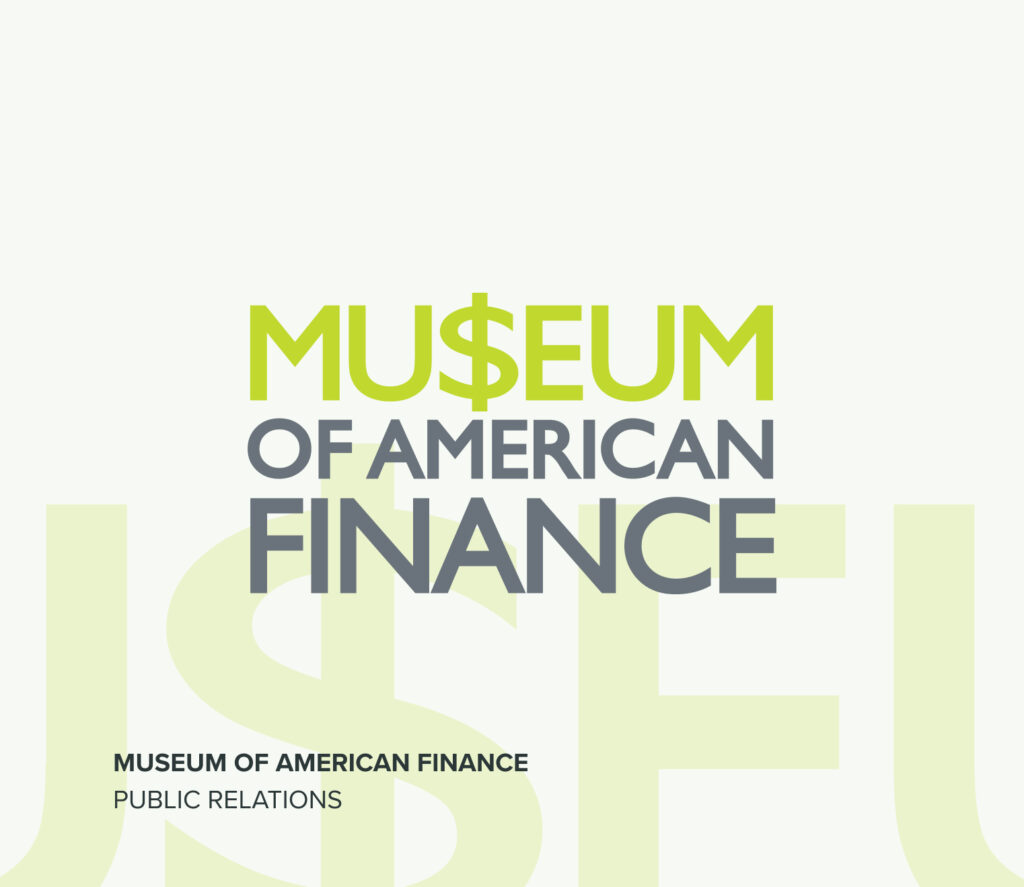An ESG storm seems to have broken over the investment community. Environmental, social, and governance issues have suddenly caught the attention of the Securities and Exchange Commission (SEC) in the United States and comparable regulatory bodies in Europe. Several states in this country have banned ESG investing for their state pension and other investment funds. Even Larry Fink, chairman of the investment giant BlackRock and one-time darling of ESG proponents, has offered qualifiers that make him appear to be debating with his former self. Media treatments, as is often the case, have muddled what they believe ought to happen with the motivations of many players who have had to place their professional obligations over their personal feelings about ESG. As a public service, this piece outlines how each player reads his or her interests and obligations and hence why they have taken the position they have.
Start with the regulators. Their position is the most well-defined. The SEC has been accused of promoting ESG because it promulgated rules earlier this year asking companies about their vulnerability to climate change and by proposing rules more recently to define what exactly is ESG investing and which products can claim to pursue it. European and U.K. regulators are doing very much the same thing. Whatever opinion current SEC Chairman Gary Gensler or his European counterparts have, their objectives clearly are transparency not promotion.
Regulators can see that the public has an interest in both climate change and ESG. They want their respective publics get the information they need to make an informed decision. The long-standing rule in the United States stipulates that for an investment product to say it aims at a certain kind of investment, some 80 percent of its actual investments must fit into that category. A bond fund, for instance, must invest 80 percent of its assets in bonds to make that claim. But both the SEC and the European regulators realize that ESG is harder to define. They fear that investment funds will seize on the popularity of ESG investing and label funds that way, even though they have only a loose or no ESG orientation. Further they fear that these mangers will use the ESG designation as an excuse to charge higher fees. They want to guard against such abuses. Proposed rules, of course, are open to debate. Gensler’s predecessor at the SEC, Jay Clayton, has for instance objected to the guidelines on climate change vulnerabilities, claiming that something more specific like rising sea levels might serve better. But this is different than disputing the value of more information.
If the desire for transparency guides the regulators, matters get muddier when it comes to states that forbid ESG investing in state funds. In many such cases, politics has played a role. High officials in some states, with an eye to their own beliefs or those of important constituencies (or donors), have decried the concept of ESG investing. But there is more in play than just political pressures. Some opposing this sort of investing are concerned with fiduciary obligations. Generally, the sponsor of a pension or investment fund must by law and best practice seek out the best returns available for the beneficiaries, at least within reasonable risk parameters. Although the Department of Labor recently changed rules to protect fund sponsors seeking ESG considerations, still sponsors will worry that the pursuit of ESG could open them to accusations that they failed in their fiduciary obligations, especially if at the same time they paid a higher fee for an ill-defined ESG focus. They could be sued by the beneficiaries.
And then there is the change in Mr. Fink and many others who enthusiastically embraced ESG early on. This rather prominent group might have felt it was their duty as citizens to push the concept. More likely they were aware of the public interest and could see that claims of ESG-related investment and administrative challenges would allow them to charge higher fees for such an investment orientation. With this in mind, BlackRock and other funds involved in the matter used their proxy voting power to impose ESG considerations on several public companies and because the definition of ESG remained fluid, they could then claim that those investments qualified.
But as states have shown understandable reluctance and the gimlet eyes of the SEC and the European regulators threaten to tighten definitions and rules, Mr. Fink and others like him have begun to reconsider. They started schemes called “[proxy] voting passthroughs” to return to underlying investors the voting proxies these powerful executives formerly used to bend corporate boards to their will. Now, catching a tone that has become increasingly widespread among this group, Mr. Fink said recently: “Divesting from entire sectors – or simply passing carbon-intensive assets from public markets to private markets – will not get the world to net zero. And BlackRock does not pursue divestment from oil and gas companies as a policy.”
If enough of the investing public believes that they should pursue ESG investing, the investment community will happily accommodate that desire. If professional investors must charge higher fees because of the challenges of ESG investing, investors will have to decide if their commitment to ESG is worth the additional cost. But the decision should be made by the end investors not by the executives of investment funds. Hopefully, the regulators will see to it that these investors get the information they need to make an informed decision. It is in pursuit of these worthy objectives that the flap over ESG has arisen.


